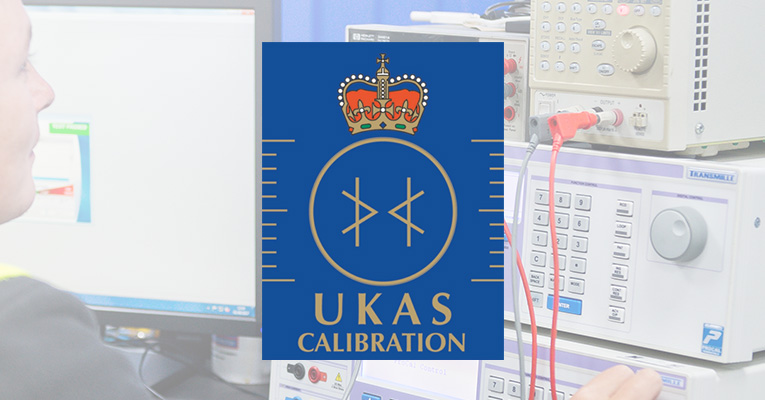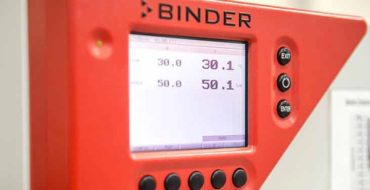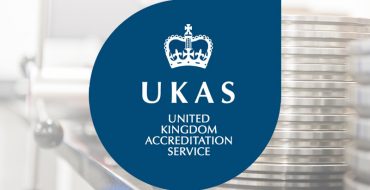If someone enters the term “ISO 17025” in Google, they would probably find out that ISO 17025 is an International Standard with the title “General requirements for the competence of testing and calibration laboratories”. But what does this mean in practice?
ISO 17025 is applicable for all laboratories performing calibrations and/or tests. It contains all the requirements that these laboratories have to meet in order to demonstrate that they operate a quality system, they are technically competent and are able to generate technically valid results.
The first issue of ISO 17025 was published in 1999 and it was produced as a result of extensive experience of the implementation of ISO/IEC Guide 25:1990 (general requirements for the competence of testing and calibration laboratories) and EN 45001:1989 (General criteria for the operation of testing laboratories). Special attention was given in order to introduce as much compatibility as possible between ISO 17025 and the generic quality management system standard ISO 9001, which in 1999 was also under revision.
The result was to create a logical connection between the two standards such that ISO 9001 would be the master standard and ISO 17025 would be a specific application dedicated for testing and calibration laboratories. The laboratories that comply with ISO 17025 also operate in accordance with ISO 9001 and are able to implement a single quality system that meets the requirements of both Standards. But this does not apply vice versa. Laboratories that only obtain certification to ISO 9001 cannot demonstrate that they are technically competent and can produce technically valid testing and/or calibration results. Accreditation according to ISO 17025 is not the same as being certified against ISO 9001.
The latest issue of ISO 17025 was published in 2005. We can consider the Standard to consist of two sections:
– Management requirements: Organization, Document Control, Corrective and Preventive actions, Management Reviews, Internal Audits, etc.
(This part is similar to ISO 9001 requirements)
– Technical Requirements: Personnel, Accommodation and Environmental conditions, Test and Calibration Methods, Equipment, Measurement Traceability, Sampling, Handling and Transportation of Test and Calibration Items, Assuring the Quality of Test and Calibration Results, Reporting the Results.
The question now arising is: “Should a Testing and/or Calibration Laboratory be accredited/certified according to ISO 9001 or to ISO 17025?”
It is generally agreed that commercial Testing and Calibration Laboratories should be accredited according to ISO17025. Inpractise, an in-house Calibration Laboratory of an ISO 9001 certified company, which performs calibrations for internal use, is not usually accredited according to ISO 17025. This laboratory is included in the overall ISO 9001 external audit. But if the same laboratory decides to provide calibration services to external customers, it would need to obtain accreditation to ISO 17025.
ISO 17025 assessment bodies, besides inspecting the Management Requirements of the Standard, also use technical assessors who are specialists and can evaluate the test and/or calibration methods being used by the laboratory and the way that these methods are applied. An ISO 9001 certification body confines its inspection to the quality management system.
And why shall a Testing and/or Calibration Laboratory decide to be accredited according to ISO 17025? We can see some of the benefits below:
– Increase of the laboratory’s prestige on a national and international level (this increases also the workload and the turnover of the lab).
– Valid and documented results which the customers can trust (which means that external audits from customers can be reduced).
– Proven traceability to National Standards.
– Well organized and customer-oriented operation of the laboratory.
– Recognition of personnel’s abilities (calibration technicians and approved signatories are inspected by the assessors).
– Assurance that the standard equipment is suitable for the measurements, properly maintained and frequently checked.
– Proven and documented uncertainty budget.
It is important of course to clarify that the aforementioned do not suggest that a non-accredited laboratory is functioning improperly or measuring incorrectly. A laboratory that is not accredited to ISO 17025 might as well cover all the above requirements and be equally competent with an accredited laboratory. But without the ISO 17025 accreditation, it is quite difficult to prove it!
Written by Sofia




